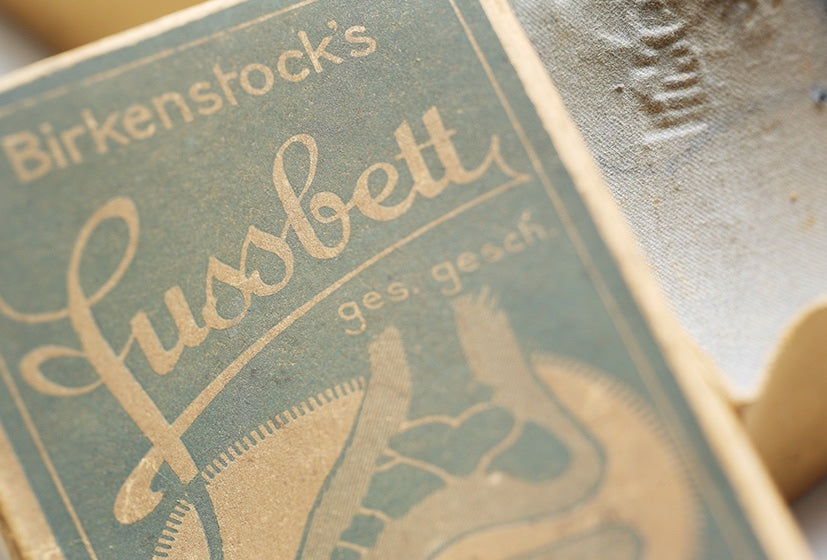A History of Birkenstock
For the longest, we have been massive fans of Birkenstock. The brand is truly iconic and extremely reliable, and it has been so for ages. The brand has never deviated from its core, despite its shoes having had their inception multiple decades ago. We believe it is exactly this what people are attracted to. The founder of Tenue de Nîmes, Menno van Meurs, perfectly sums up the brand's appeal - “It’s a sandal that my 74-year old father loves, as well as my 11-year old son. Now that’s unique”. In celebration of the brand, many have collaborated with them or customized their timeless shoes. Tenue., for example, has just released a killer customization of the black Boston clog with a black selvedge lining along the strap. In light of this release, we thought we might give you some more insight into your favourite slides’ and sandals’ history.
Birkenstock has a very rich history that goes back to 1774, when the brand was founded by Johann Adam Birkenstock, a shoemaker, in Germany. Although the company enjoyed great success, it wasn’t until over a century later, in 1896, that Johann’s great-grandchild, Konrad, would revolutionize the industry. He invented a flexible footbed insert that made flat work shoes much more comfortable. It wouldn’t take much time before he invented an actual footbed, that was based on a footprint in the sand. It was an instant hit as this game-changer offered health benefits and comfort for workers all over Germany. Fast-forward three decades and the whole of Europe was working and walking on these recognizable, blue footbeds. From the get-go, health and well-being have always been at the forefront of the brands’ ideals. To promote this, Carl Birkenstock released multiple books - The Carl Birkenstock System - which were endorsed by leading physicians and podiatrists in the first half of the 20th century. Do you know a brand that backs up its products with actual science and also contributes to it? Neither do we.

Birkenstock footbeds in their factory, via birkenstock.com
Birkenstock, till thus far, had not produced any actual sandals or shoes. Until 1964, when the first Madrid sandal was produced (with the ever-popular footbed incorporated of course). A classic model that became an instant hit, which it still is to this day. A German lady, Margot Fraser, who lived in California, discovered the arch-supporting sandal and started importing them to the US. As shoe retailers couldn’t see the appeal of these clunky shoes, Margot sold them to health shops. These shops were frequented by the hippie movement at the time, who gravitated to these sandals that offered supreme comfort. Birkenstock became a Summer of Love phenomenon and from that point onward Birkenstocks started growing ever faster, not just including the hippie movement. In the 90s and 2000s, celebrities like Kate Moss could be famously seen wearing the shoe, propelling them into the realm of high fashion. As of 2020, Kanye West even wore Bostons on the cover of GQ magazine. Also, Birkenstock's collaborations have become more high-profile. For example, the recent Dior and Jil Sander collaborations.

Ye (fka Kanye West) wearing Birkenstock Bostons on the cover of GQ, via gq.com
We believe we can expect much more of the aforementioned high-profile collaborations in the future as the brand has been taken over by L Catterton, which has close ties to LVMH. Oliver Reichert, who is at the head of Birkenstock and responsible for their surge in popularity over the decade, will now work together with Bernard Arnault, the CEO of LVHM, on making the brand even bigger. They have stated that they will stay true to Birkenstock’s long history and will not walk astray from its philosophy. As Tenue de Nîmes founder, Menno Van Meurs, stated - “Birkenstock is a solid, consistent brand. In unsure times, as now, people appreciate that even more”. By maintaining this course and also collaborating more frequently, we can’t wait to see what the future holds for the brand.
You can check out our Birkenstock collection here.